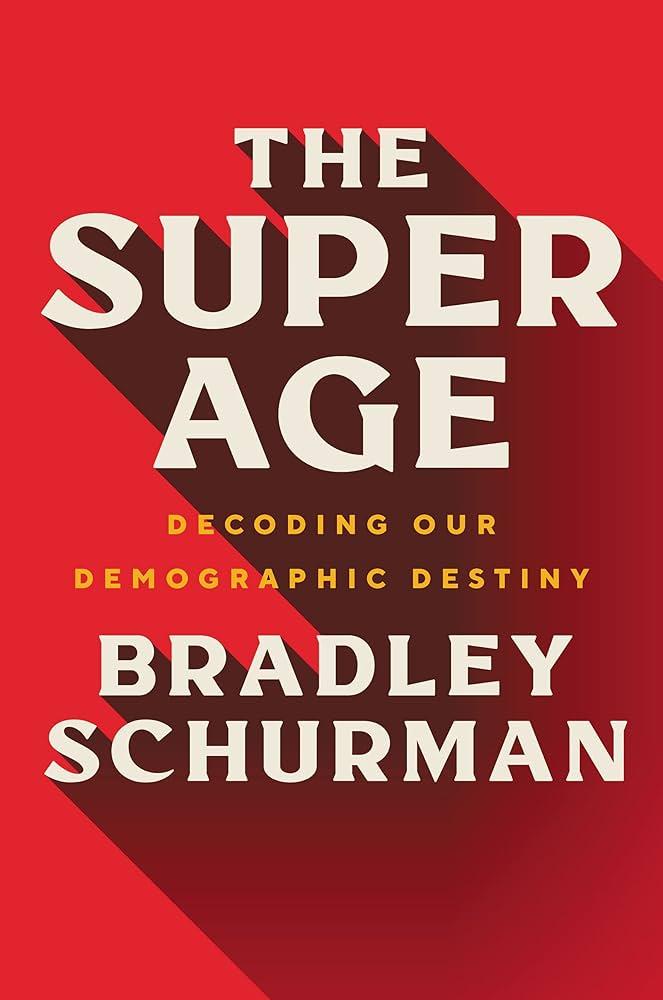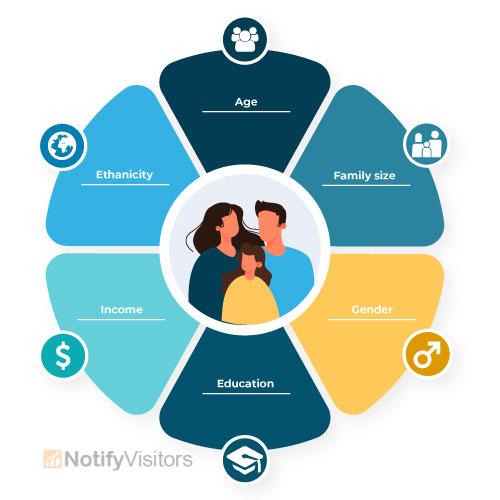
In an era where social media reigns supreme and online personas can eclipse traditional marketing, understanding the intricate tapestry of demographics is more crucial than ever. “Decoding Demographics: The Key too Influencer Impact” invites readers to unravel the complexities behind the numbers that define audiences. As brands increasingly turn to influencers to amplify their messages, a keen grasp of demographic nuances becomes the linchpin for successful campaigns. This article delves into the intersection of data and influence, exploring how age, gender, location, and interests shape not just the influencers we choose to collaborate with, but also the resonance of their messages. Join us on a journey to decode the demographics that fuel influencer impact and discover how strategic insights can transform engagement into meaningful connections.
Understanding the intersection of Demographics and Influence
To grasp the dynamics of influence in today’s digital landscape,it’s essential to analyze the intricate relationship between demographics and the power of social engagement. Different age groups, genders, and cultural backgrounds dictate varying preferences and behaviors, making them pivotal factors in shaping an influencer’s effectiveness. Influencers resonate more when their audiences see themselves reflected in their content. For instance, a beauty influencer targeting Gen Z is likely to adopt distinct styles compared to someone appealing to millennials, focusing on eco-friendly products or inclusive beauty. Understanding these nuances enables brands to tailor their campaigns to resonate more strongly with potential customers.
Demographic analysis extends beyond just age and gender; it encompasses widely varied elements such as income, education, and lifestyle choices. The more detailed the understanding, the better the alignment with the right influencers. Key elements to consider include:
- Location: Influencers with strong local followings can tap into community sentiment.
- Interests: niche influencers who cater to specific hobbies can drive higher engagement.
- Language: Multilingual influencers can bridge cultural divides,widening their audience reach.
By leveraging these demographic insights, brands can map out targeted marketing strategies and select the right influencers who not only embody their values but also speak directly to their desired consumer base.With the right data, the potential for higher ROI becomes a tangible reality.

Identifying Target Audiences for Maximum Engagement
Understanding the nuances of your audience is essential for creating an impactful influencer marketing strategy. when evaluating demographics, consider the following aspects that can guide your efforts:
- Age: Different age groups often resonate with varying types of content. Tailoring your messages accordingly can enhance relatability.
- Gender: Men and women may engage with brands differently. Recognizing these differences allows for targeted campaigns.
- Location: Geographical preferences can affect consumer behavior. Understanding local trends can shape more relevant messaging.
- interests: Identify hobbies and passions that align with your brand values.Engaging with these interests creates authentic connections.
Once you’ve gathered demographic insights, it’s crucial to analyze them to determine the best strategies for engagement. Utilizing data visualization can simplify trends and patterns, making it easier to spot opportunities. Consider creating a table to break down key metrics from your target audience:
| Demographic | Key Metric | engagement Strategy |
|---|---|---|
| Age | 18-24 | Use vibrant visuals and trending platforms. |
| Gender | Female | Highlight community and testimonials. |
| Location | Urban Areas | Leverage local influencers for authenticity. |
| Interests | Fitness | Offer interactive challenges and collaborations. |

Leveraging Data Analytics to enhance Influencer Strategies
In the evolving landscape of digital marketing, data analytics has emerged as a powerful ally for brands seeking to optimize their influencer strategies. By delving into insightful data, marketers can decode audience behaviors, preferences, and engagement metrics, allowing for a more tailored approach when selecting influencers. Using analytics tools, brands can assess influencers based on criteria such as:
- Audience Demographics: Understanding who is following an influencer is crucial—age, gender, location, and interests provide a clearer picture of potential reach.
- Engagement Rates: Metrics like likes, shares, and comments help gauge the authenticity of an influencer’s connection with their audience.
- Content Performance: Analyzing past campaigns enables better predictions on how future collaborations will resonate.
Furthermore, data-driven insights can substantially enhance campaign effectiveness by facilitating targeted outreach. As a notable example, organizations can create a centralized database that tracks influencer performance across various campaigns. This can guide decisions on re-engaging past collaborators or seeking out new voices that align with brand values. Here’s a simple table illustrating how engagement metrics can vary across different influencer tiers:
| Influencer Tier | Average Followers | Engagement Rate (%) |
|---|---|---|
| Micro-Influencers | 1K – 100K | 5% – 10% |
| Mid-Tier Influencers | 100K – 500K | 3% – 5% |
| Macro-influencers | 500K – 1M | 1% – 3% |
Utilizing this data not only increases the likelihood of successful campaigns but also fosters relationships based on measurable results rather than assumptions. As brands continue to embrace this data-centric approach, the future of influencer marketing looks to be driven by informed choices and enhanced values.

Crafting Authentic Content That Resonates Across Diverse Demographics
Creating content that speaks authentically to a varied audience requires an intricate understanding of what drives different demographic segments. By focusing on personal stories, cultural references, and shared values, influencers can craft messages that both engage and resonate. It’s essential to delve into the unique characteristics of different groups, ensuring that the content reflects their experiences and lifestyles. Some elements that can definately help achieve this include:
- Inclusive Language: Adjusting tone and vocabulary to be welcoming to all demographics.
- Visual Representation: Utilizing images and graphics that reflect diversity.
- Relatable Scenarios: Highlighting contexts or challenges that many can identify with.
The journey of understanding what resonates will often involve analyzing engagement metrics and feedback. Additionally, a systematic approach through demographic research contributes to effectively addressing the needs of your audience. A simple comparison of age groups and their preferred content styles can highlight trends that inform your content strategy:
| Age Group | Content Style | Preferred Platforms |
|---|---|---|
| 18-24 | Short, Visual, Interactive | Instagram, TikTok |
| 25-34 | Informative, Story-driven | Facebook, YouTube |
| 35-44 | Detailed, Professional Insights | LinkedIn, Blogs |
By understanding these nuances, influencers can create tailored content that not only informs but also builds community, sparking conversations that transcend generational divides.Each demographic holds distinct preferences that should be recognized and embraced for meaningful engagement and lasting impact.
Future Outlook
As we conclude our exploration into the intricate relationship between demographics and influencer impact, it becomes clear that understanding the audience is not merely an advantage but a necessity in today’s digital landscape.Every follower and every interaction tells a story, shaped by cultural backgrounds, age, interests, and values.
decoding these demographics not only enhances the effectiveness of influencer marketing strategies but also fosters authentic connections that resonate deeply within specific communities. By leveraging data and insights, brands can align with influencers who truly amplify their message, ensuring that the right voices reach the right ears.
In a world where influence is both ubiquitous and nuanced, the path to success lies in the thoughtful analysis of who is listening. As this conversation continues to evolve, embracing a demographic-focused approach will undoubtedly illuminate the way forward for brands, influencers, and audiences alike. The future of engagement depends not just on who shouts the loudest, but on who truly understands the audience they aim to inspire.